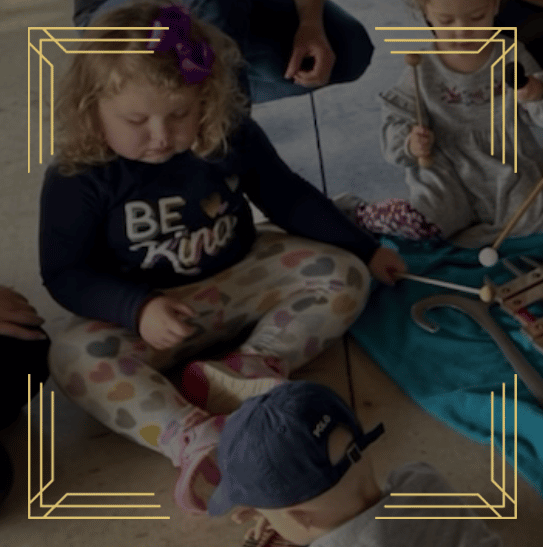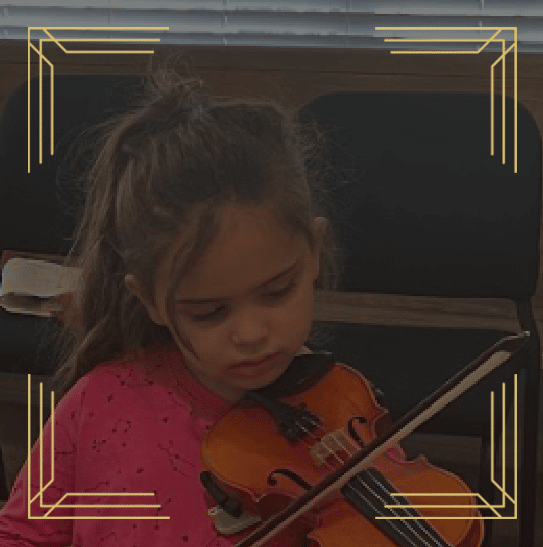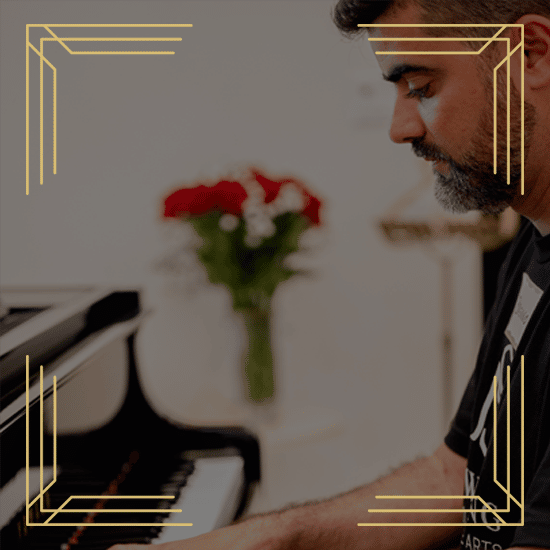Explore New Song Brass Lessons
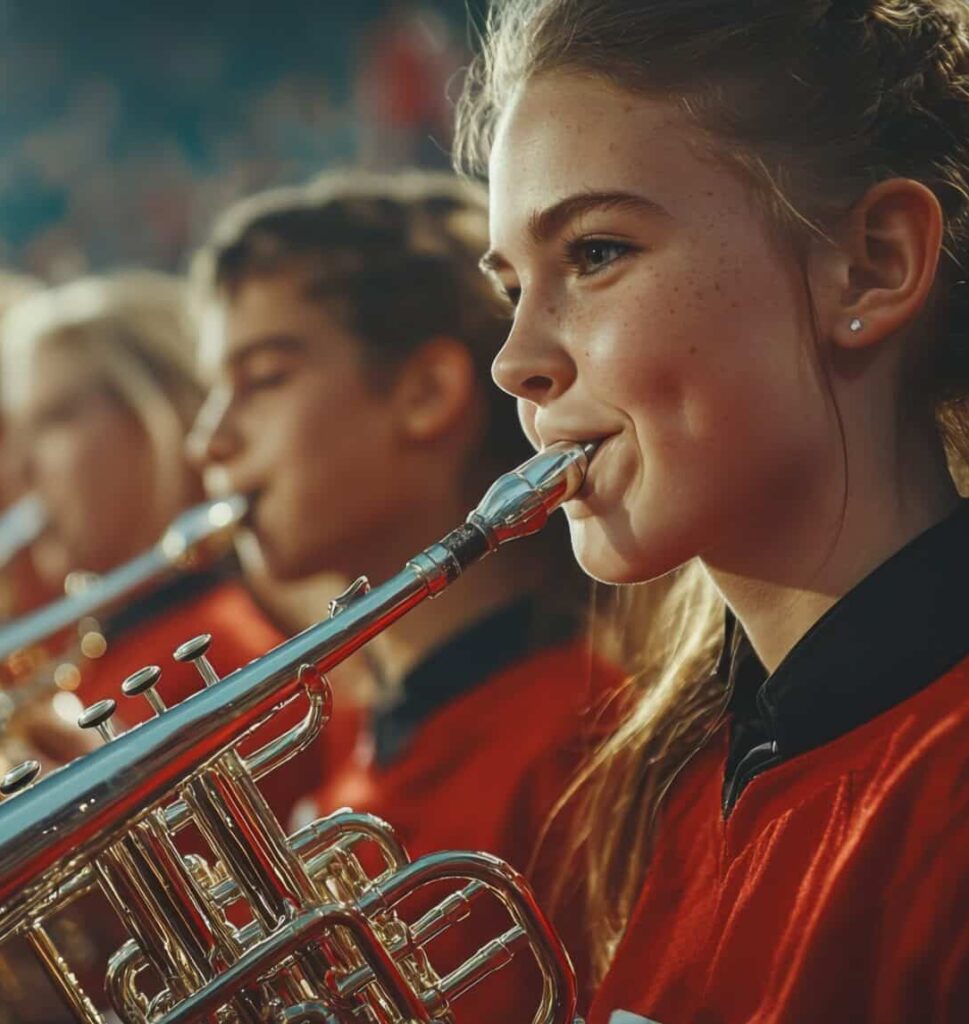
Brass Lesson Options
Brass Lessons at New Song School of the Arts (NSSOTA) allows us to cater to students of all ages and skill levels. In fact, students can explore and master a wide range of brass instruments that include the following:
- Trumpet, Cornet, Flugelhorn
- French Horn (Horn), Wagner Tuba
- Mellophone
- Horn: Alto (Tenor), Baritone
- Trombone: Tenor, Bass
- Tuba, Sousaphone, Euphonium
If you don’t see the brass instrument you’d like to study listed here, please contact us.
NSSOTA offers Brass Lessons on campus in private or group classes, and extends offerings to in-home, and virtual lessons. Accordingly, these are all offered under the guidance of highly skilled, professional brass instructors. What’s the learning process? Since Brass instruments are of various sizes and sounds, students have much to choose from. Once selected, students learn to explore and study the particular nuances of their instrument. As a result, NSSOTA provides a tailored educational experience to meet every student’s needs. So, whether you’re a beginner learning the basics or an advanced player refining technique, we’re ready with your Brass Lessons.
Private lessons offer a personalized learning environment where students can focus on their chosen instrument. In addition, private lessons allow students to develop their skills with one-on-one guidance from their instructor. Each brass instrument presents unique challenges, and NSSOTA’s professional teachers create individualized lesson plans to address these needs. Our goal: to ensure students build a strong foundation in both technique and music theory.
Tuba
As the largest and lowest-pitched brass instrument, the tuba provides the deep, foundational bass line in ensembles and orchestras. Learning to play the tuba involves mastering proper breath support, posture, and finger technique. Students focus on reading bass clef as the tuba’s music is typically written in this format. Additionally, NSSOTA instructors will teach students how to develop the strength and control needed to produce clear, rich tones. In the end, resulting in fun, engaging lessons.
French Horn
The French horn is known for its circular shape and warm, mellow tone. It requires precise embouchure and control due to its intricate tubing and higher range. Accordingly, NSSOTA instructors guide students through the complexities of learning the horn. Example, students will practice hand positioning in the bell and breathing techniques to create smooth transitions between notes. French horn players will learn to read treble clef. Finally, horn lessons will allow students to develop a solid understanding of pitch accuracy. Allowing them to play solo or with groups – with rich in-tune tonality.
Trombone
The trombone is distinct among brass instruments because of its sliding valve mechanism. Specifically, the sliding valve allows players to adjust pitch by moving the slide to different positions. Consequently, learning the trombone involves developing a strong sense of pitch. Namely, ear training. This allows players to hit the correct pitch, as the trombone has no defined “valve positions” like other brass instruments. Hence, NSSOTA’s instructors help students focus on these key trombone skills: slide technique, intonation, and music phrasing. Finally, trombone students will learn to read both bass and tenor clefs as they explore classical and contemporary repertoire.
Trumpet
The trumpet is the smallest and highest-pitched brass instrument, known for its bright, clear sound. Trumpet lessons at NSSOTA emphasize developing strong embouchure control, finger dexterity for the valves, and breath management. The trumpet requires students to learn to read treble clef. Equipped with this skill, instructors work with students to acquire a range of ways to sonically play the trumpet. Overall, trumpet students will explore a wide range of classical, jazz and contemporary music.
Euphonium
The euphonium is similar to the baritone saxophone in size and shape, with a mellow, low-pitched sound that sits between the tuba and the trombone in terms of range. NSSOTA’s euphonium instructors guide students through mastering finger technique for the valves and developing the breath support needed to sustain long, low notes. Euphonium students will learn to read bass clef and will explore both solo repertoire and ensemble playing, where the euphonium often carries important melodic lines.
NSSOTA offers virtual and in-home lessons, allowing students to learn brass instruments from the comfort of their home. Virtual lessons use secure platforms, enabling instructors to provide real-time feedback on technique, posture, and sound production. For students with busy schedules or transportation challenges, virtual lessons offer the flexibility to continue their musical education without compromising on quality.
In-home lessons bring the instructor directly to the student’s home, offering personalized guidance in a familiar environment. This option is ideal for families who prefer a convenient, flexible approach while ensuring students receive the same professional instruction they would receive in a traditional classroom setting.
New Song School of the Arts provides ample opportunities for brass students to perform in front of an audience. For example, this can happen whether in group settings or as part of recitals. Consequently, these performances help build confidence and stage presence, which are essential skills for any musician. Finally, students in both private and group lessons will be invited to showcase their progress during recitals held in the school’s Recital Hall or Black Box Theater. Additionally, group lessons often culminate in ensemble performances, where students can experience the thrill of playing with others in a live setting.
In addition to teaching technical aspects of each instrument, NSSOTA’s brass instructors place a strong emphasis on music literacy. Hence, reading music is an essential skill for all musicians. Brass players will learn how to read treble, bass, and tenor clefs, depending on their instrument. Initially, lessons begin with simple exercises and progress to more complex pieces as students advance. Over time, instructors cover the basics of note reading, rhythms, dynamics, and articulation. This ensures that students have a comprehensive understanding of how to interpret and perform music.
Furthermore, NSSOTA also integrates music theory into lessons. This helps students understand the structure of the pieces they are playing. This includes learning about chords, scales, and musical forms, which are crucial for both solo and ensemble performance.
Learning a brass instrument at New Song School of the Arts offers students of all ages a comprehensive and supportive musical education. So, why start today? Your goal as a beginner or advanced player is the answer. Whether you are a first timer or preparing for a school band, ensemble, orchestra, or contemporary band, we have the class for you. The sooner you join, the sooner you’ll be making better brass music! Whatever instrument you’re interested in – and there are dozens to choose from – NSSOTA’s expert instructors will guide you through the process of learning and mastering your instrument.
THE LEARNING PROCESS:
A Structured, Supportive Approach
At New Song School of the Arts, brass lessons follow a structured yet flexible approach. As a result, this flexibility allows students to progress at their own pace while mastering essential skills for their particular brass instrument. Each lesson is tailored to individual goals, but all students build on strong musical foundations. Above all, key music skills are explored such as sight reading, rhythm, technique, music theory, ear training, and performance.
For both children and adults, lessons exploring music in classical, jazz, or contemporary genres include:
Sight Reading
- Understanding the Language of Music: Continuous sight-reading exercises help brass students master the language of music. By regularly practicing note reading, brass players develop the ability to quickly interpret musical notation. In the end, this establishes and continually improves students versatility. Result? These essential skills enable brass musicians to play a range of new pieces accurately and confidently as they grow in confidence each year.
Rhythm
- The Heartbeat of Music: Developing strong rhythm skills is crucial for playing music with accuracy and flow. Brass students practice with a multitude of techniques. For example, a few practices include rhythmic exercises, use of a metronome, and participating in ensembles to internalize timing and syncopation. Accordingly, mastering rhythm helps students maintain steady tempo and confidently perform in solo or group settings.
Technique
- Promoting Musicianship & Artistry: Proper technique is vital for developing musicianship and artistry. Brass instructors focus on embouchure, breath control, finger or slide technique, and posture to ensure students build a solid technical foundation. Outcome? These skills allow for smooth and precise playing, preventing injury and enhancing musical expression.
Music Theory
- Deepening Appreciation and Understanding: Regular music theory lessons are integrated into brass instruction. Why? Music theory helps students understand the basics, such as scales, chord progressions, key signatures, and harmony. These are the building blocks of music. As a result, this knowledge enhances student’s ability to interpret and perform a wide range of musical genres. Bonus? This not only helps students improve performing written music, but also with their improvisational and compositional skills.
Ear Training
- Empowering & Equipping to Play by Ear: Ear training helps brass students recognize intervals, chords, and melodies, empowering them to play by ear. This skill boosts their improvisational abilities and consequently deepens their understanding of phrasing, dynamics, and harmonic structures. Overall, ear training will empower the touch and style of reading written music as well.
Performance
- Becoming a Well-Rounded Musician: Performance is central to brass instruction at New Song School of the Arts. At this point, regular recitals and group performances give students the opportunity to build stage confidence, and showcase their progress. Additionally, it can also help overcome performance anxiety. These experiences, in particular, help shape students into versatile, well-rounded musicians capable of excelling in various musical settings.
In conclusion, New Song School of the Arts’ brass program emphasizes personalized learning goals to help students reach specific milestones. Goals can vary and change over time. Whether it’s mastering challenging pieces, improving sight-reading, or composing original music, we’ve got the right class for you. We have the right instructors for you, too. So come on! Let’s get started and build the comprehensive, proficient brass player inside you. And, develop your deeper appreciation for the art of music.
Music Explorer Program
Not sure where to start when choosing an instrument? Allow us to help you in this process.
For starters, try three different instruments and do 4 consecutive lessons in each. Afterwards, toward the completion of the third instrument, choose which instrument to continue learning.
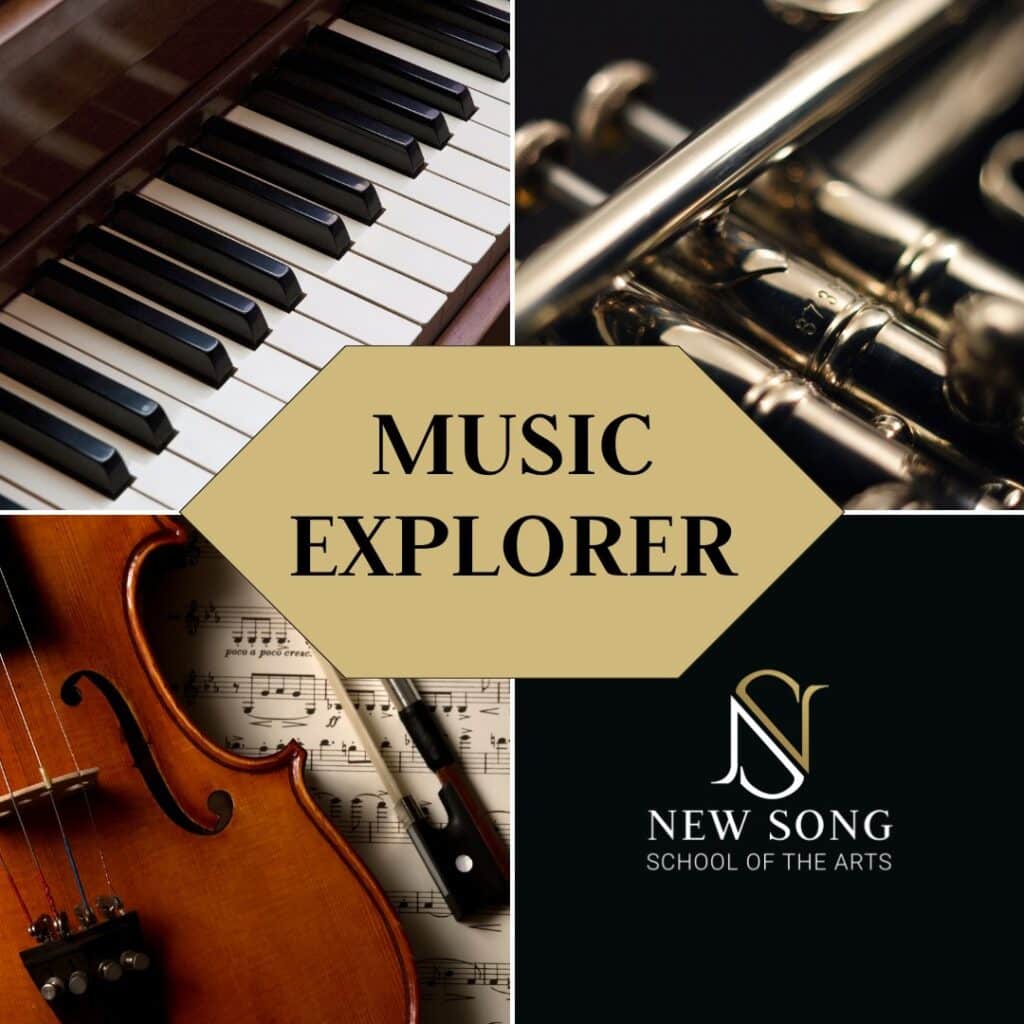
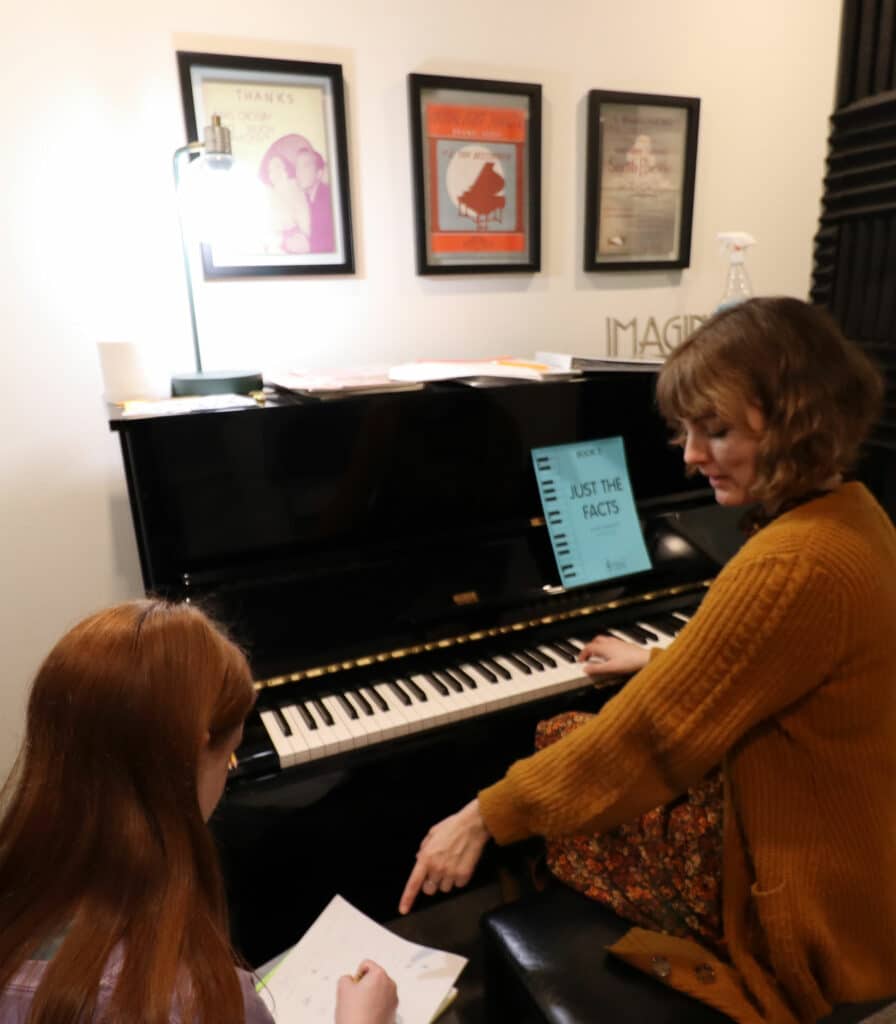
Young Scholars Program
The Young Scholars Program (YSP) emphasizes specific aspects of music such as music theory, music history, music appreciation, etc. This program creates strong musicians and is meant to compliment private lessons but is also perfect for a student not yet studying an instrument. Students in YSP desire a fun, engaging, in depth, and academic approach to musical knowledge and awareness. The “Young Scholars Program: Music Theory Class” incorporates thought-provoking activities and academic exercises that develop an understanding of the “nuts and bolts” of music. The class course culminates with the Texas State Theory Exam, and the student will be awarded based upon their test score. Relatedly, annual participation in the Texas State Theory exam looks great on college or scholarship applications.


